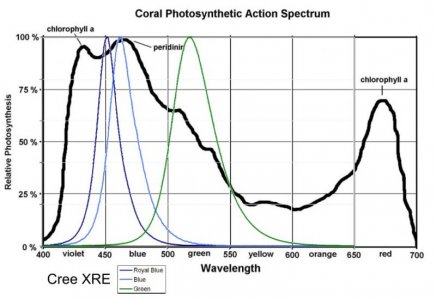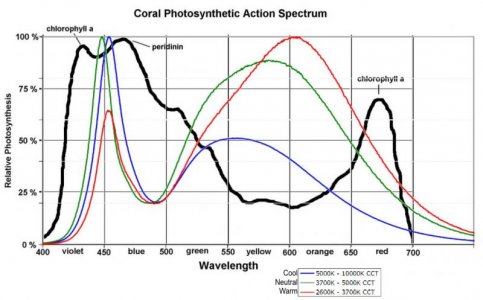kcress
New member
The human eye, which has a truly shockingly huge dynamic range,(10 orders of magnitude!!), trades off for that range by being very poor at seeing changes in brightness.
A 50% change in brightness is required for us to perceive ANY change in brightness. So as you run your lights up or down by eyeball you are actually changing the brightness greatly. I could see where it could be really easy to bleach out some coral by tweaking the brightness a bit.
A 50% change in brightness is required for us to perceive ANY change in brightness. So as you run your lights up or down by eyeball you are actually changing the brightness greatly. I could see where it could be really easy to bleach out some coral by tweaking the brightness a bit.



